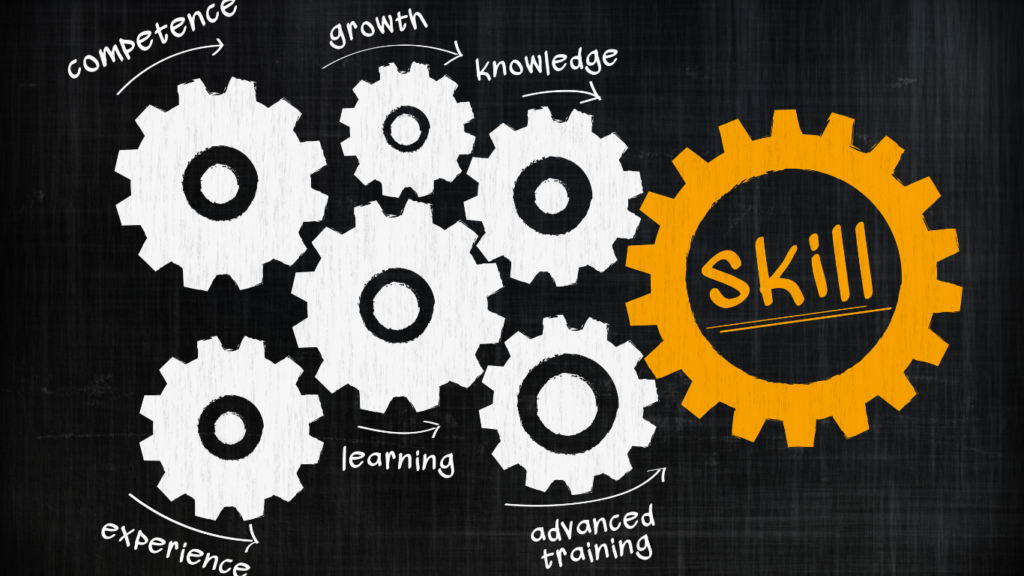
According to a recent Gallup poll, only 33% of American workers feel engaged in their work, and one of the primary reasons for this is their boss. We have already spoken of the importance of employees needing to be heard. Employees want the freedom to express their creativity, and they want to work for a leader who instills confidence and has their back. An intentional leader guides without holding anyone back.
Having one-to-one meetings with your team members also allows for curating their intentionality. Show up with a well-thought-through plan that involves concrete steps. Set goals together, and as a basis, answer three questions for each goal – what, why, and how. Encourage your team to think about these steps as well. This will create engagement as well as build an intentional relationship.









